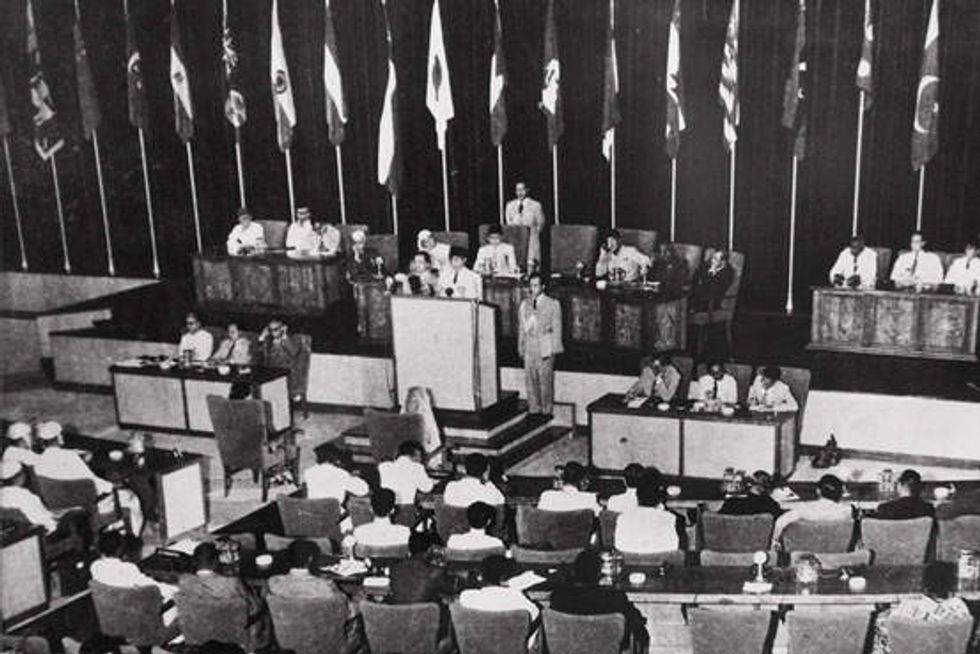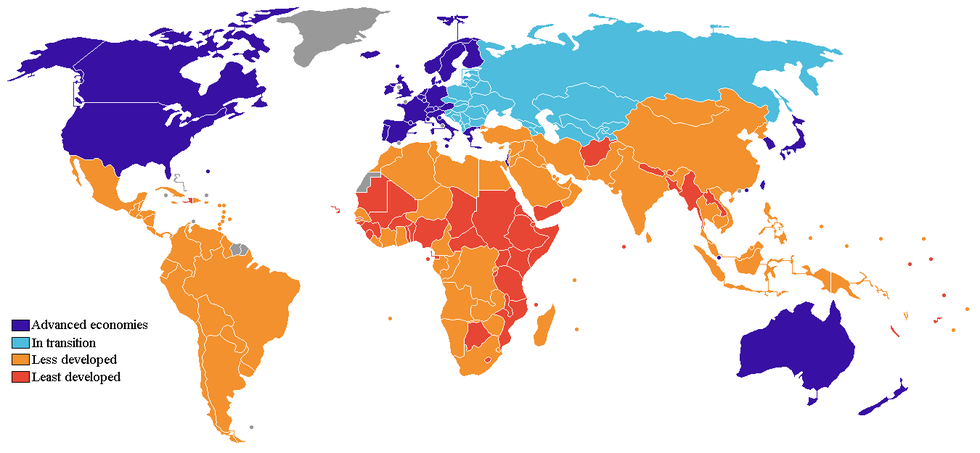Although there are plenty of ways we can improve our nations, we must not separate ourselves from the common struggle of doing so. Let us stop limiting nations to these terms "first world, second world, and third world" and start considering the huge achievements of nations as well. Third world is a term that describes those who were neither allied with NATO during WWII nor communist regions. Although India is still considered "the third world" and "underdeveloped," India is actually a BRIC nation and Bangladesh is becoming very developed. In newer terminologies, these countries are considered the Global South.Taking a trip to the "third world" may be worlds away from what you imagined. Here are 5 things you must know about "the third world" and the "international hierarchy of nations."
1. During the Bandung Conference of 1954, countries that were neither Allies in WWII nor aligned with the Soviet Union were considered "Third World Countries." These were mainly countries in Asia, Africa, and Latin America. The first world was considered mainly Western nations, second world was considered all communist nations, and third world was considered non-aligned and non-communist nations.
However, people have now turned to using the phrases "Global North" and "Global South." For some this may be less of a "backwards" approach to categorizing states.

2. According to Union County College "The Global South refers to the countries of the rest of the world, most of which are located in the Southern Hemisphere. It includes both countries with medium human development (88 countries with an HDI less than .8 and greater than .5) and low human development (32 countries with an HDI of less than .5)." The Global South is determined by the total GDP of a country and these countries usually have histories of colonialism.
3. The Global North refers to those countries particularly with higher GDPs, but also those with richer socio-economic statuses and less political division or failed statehood.
4. BRIC Nations — Brazil, Russia, India, and China — are considered big and newly advanced economies. However, some still consider these countries "third world." Overall, first world is developed and third world is underdeveloped (due to political and communist affiliations or per capita income).
5. The usage of the first, second, and third world terminology is problematic due to its implication of an international hierarchy. The terms "developed" and "underdeveloped" are problematic because although a state can be underdeveloped in one area, it can also be developed in another facet. For example, although the U.S. is considered developed, it has one of the largest wealth disparities in the world. This is while Pakistan is considered underdeveloped although it has one of the best and finely equipped militaries in the world. Some other things to consider are women's rights, judicial policy, corruption, economy, access to healthcare and social development when determining which countries are developed and which are not.
Although I have only truly lived in India and Bangladesh (besides in the US), I am sure other third world countries have things that are unique and amazing to them. Although there are plenty of ways we can improve our nations, we must not separate ourselves from the common struggle of doing so. Let us stop limiting nations to these terms and start considering the huge achievements of nations as well.














































